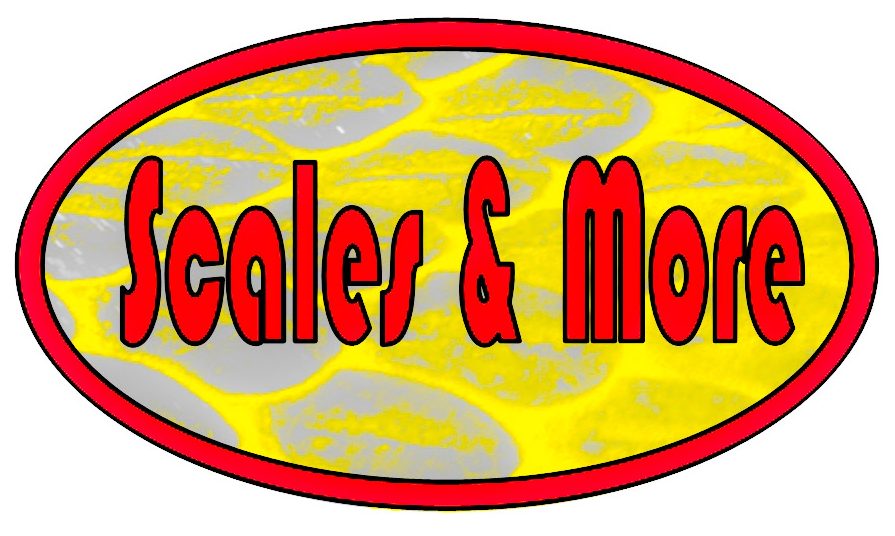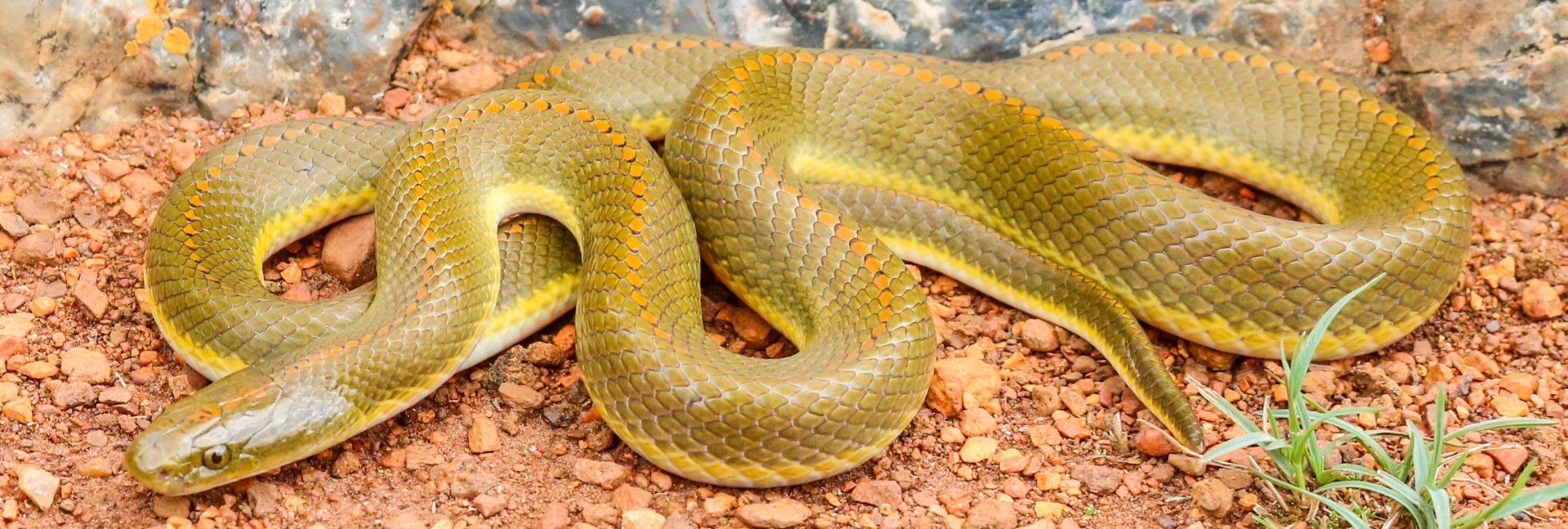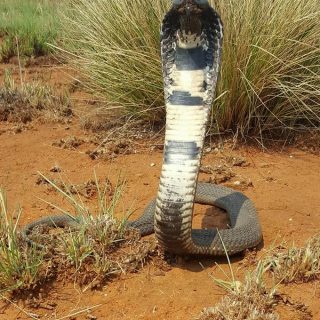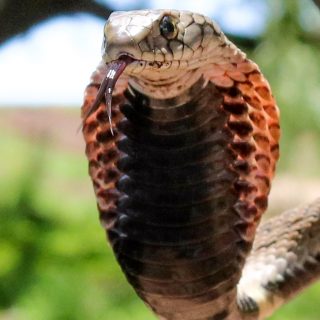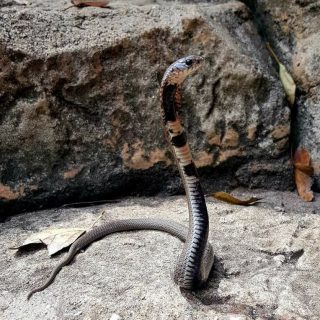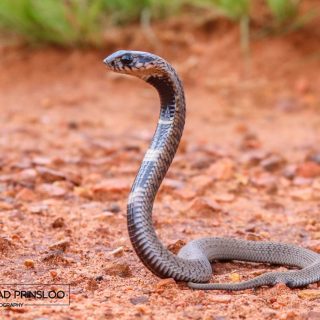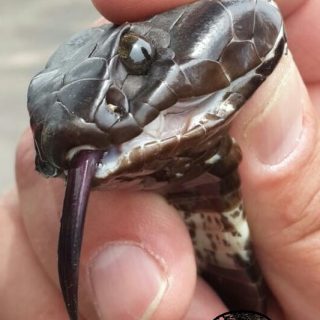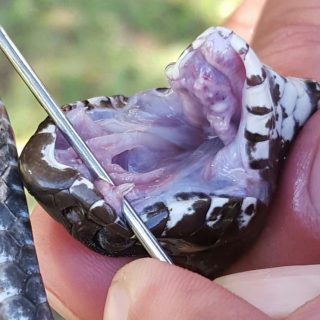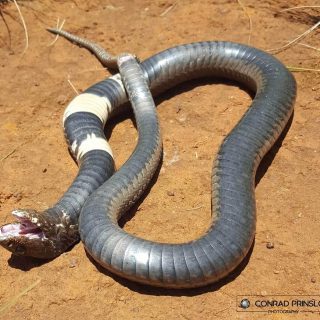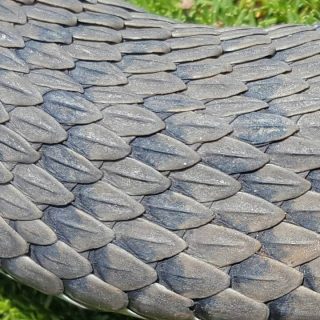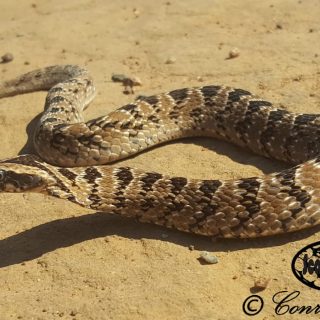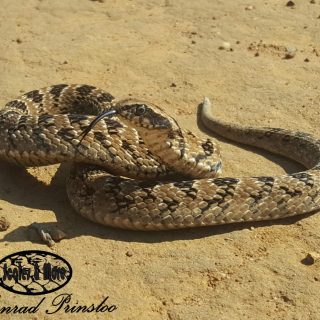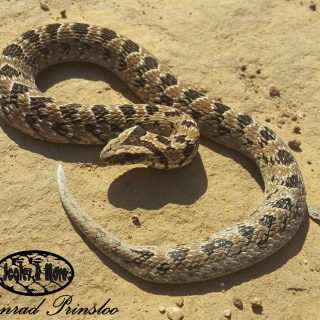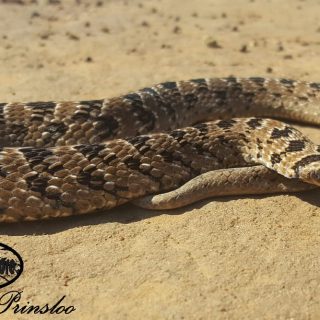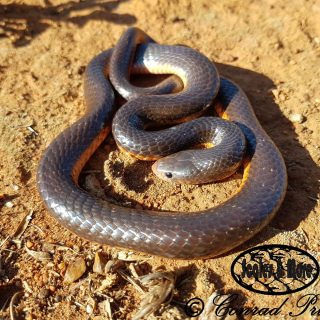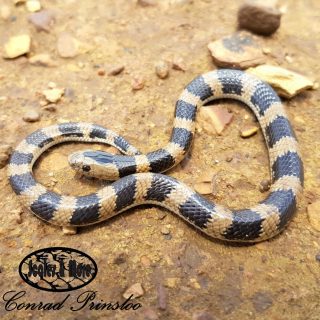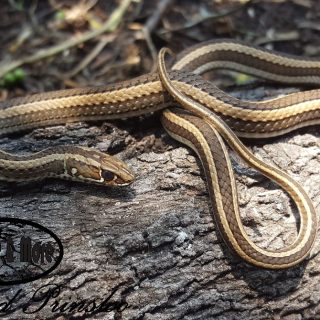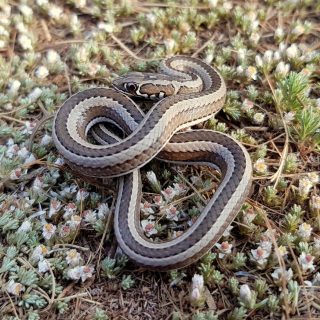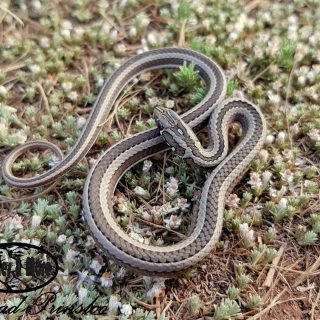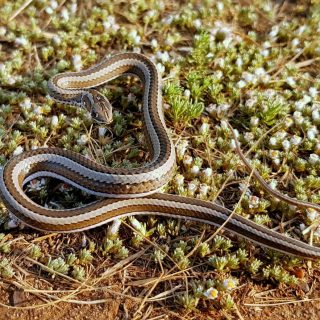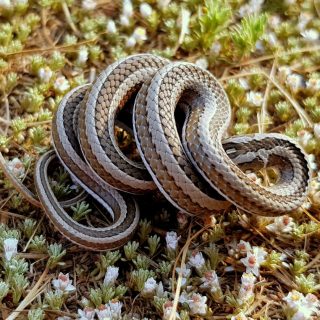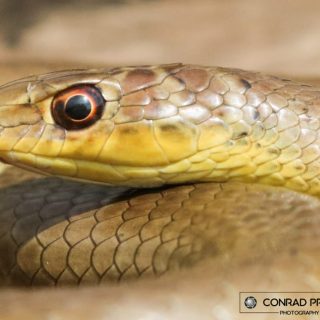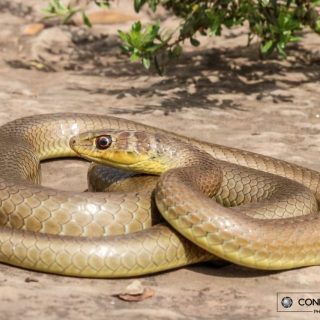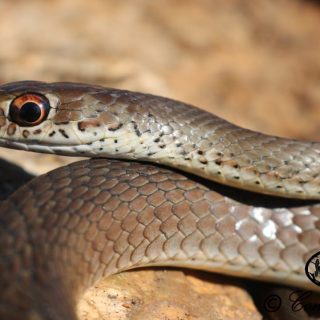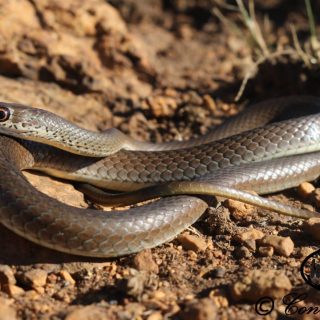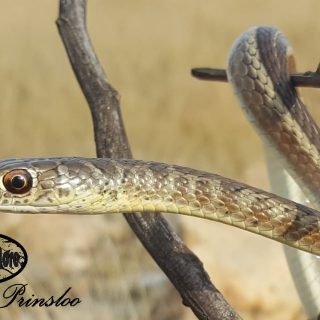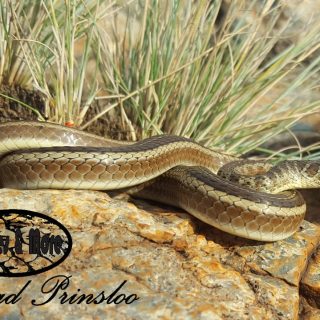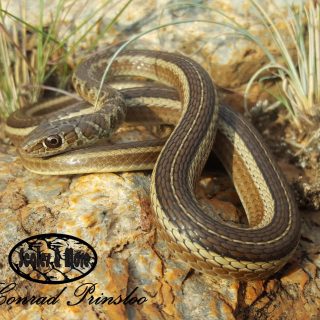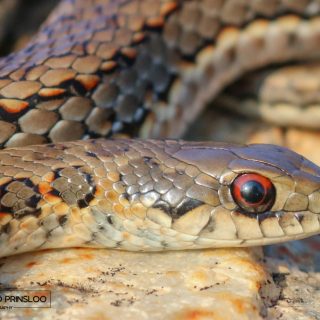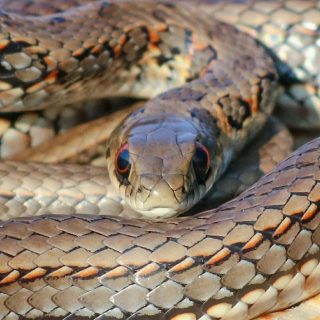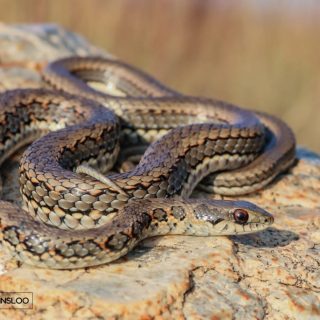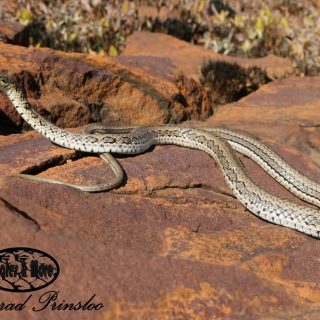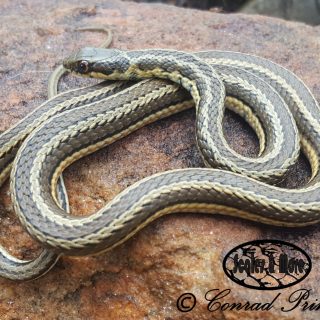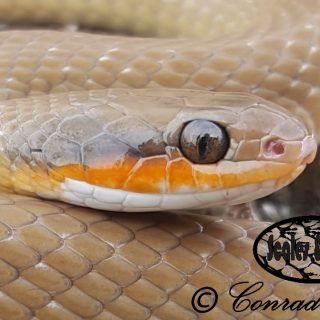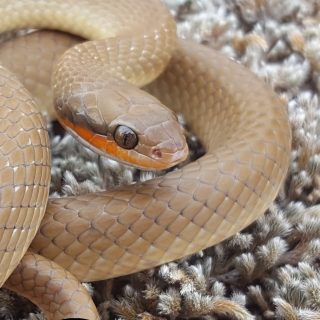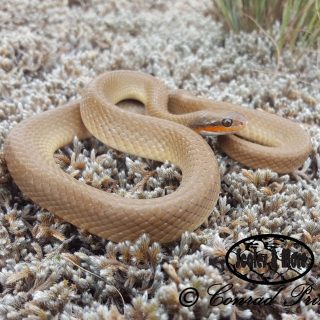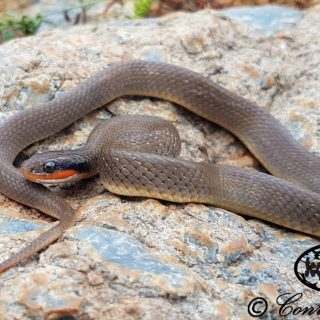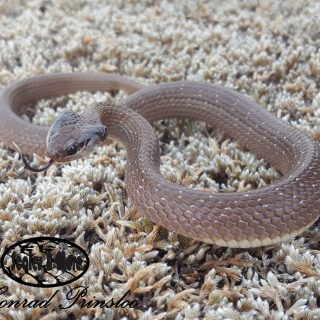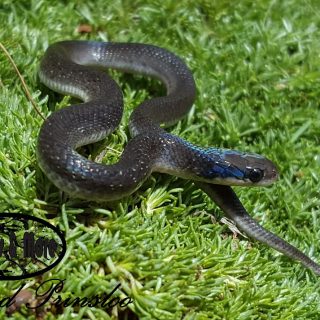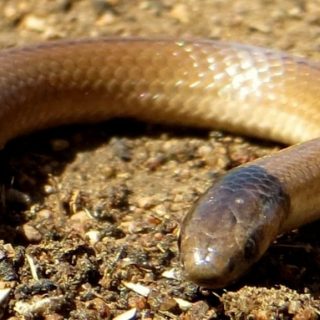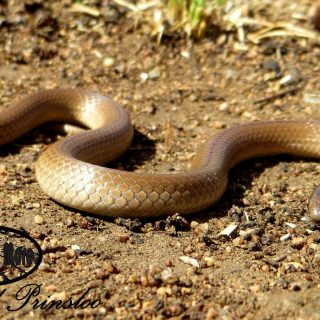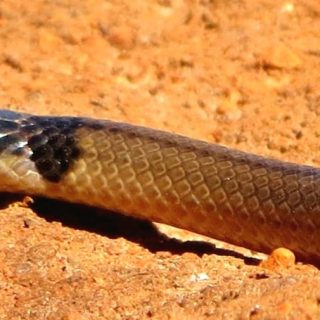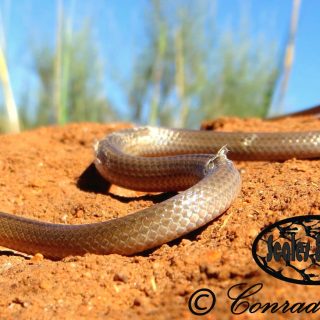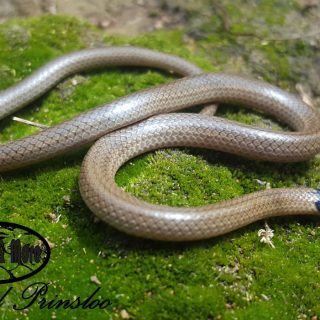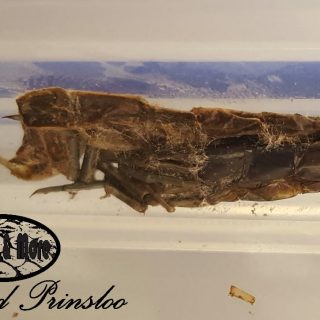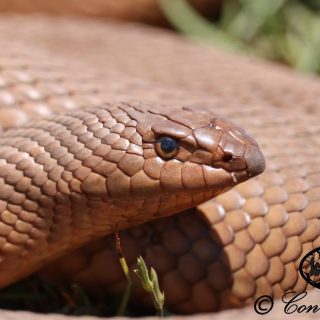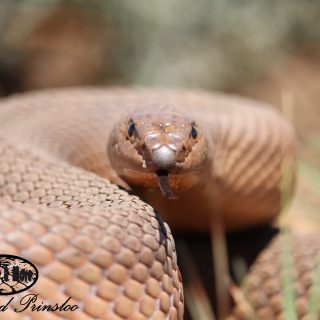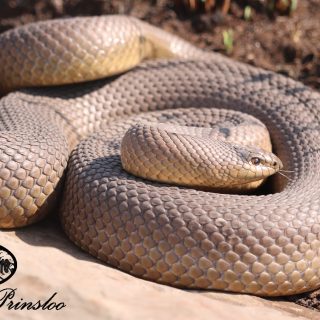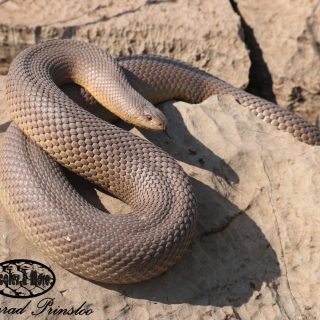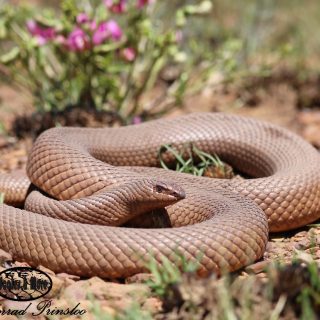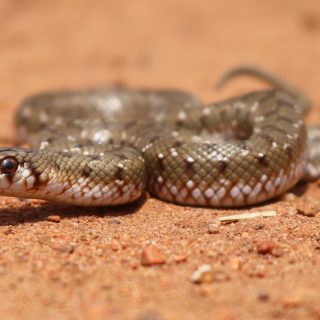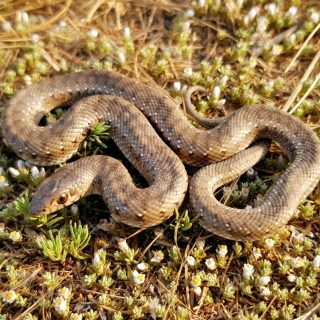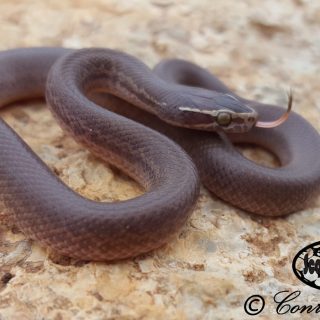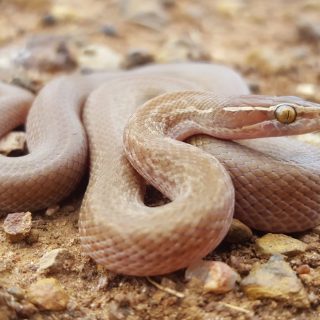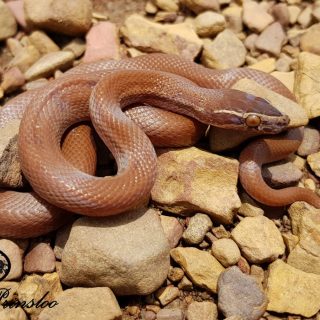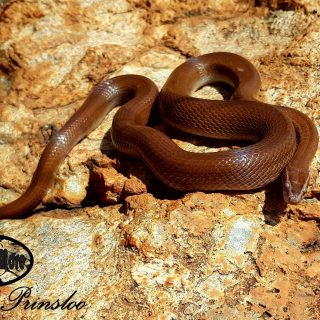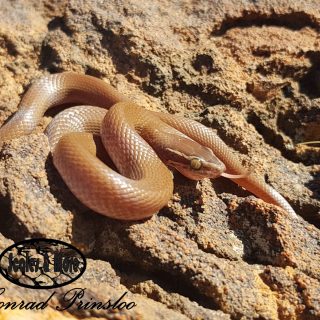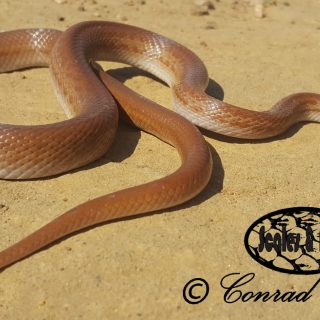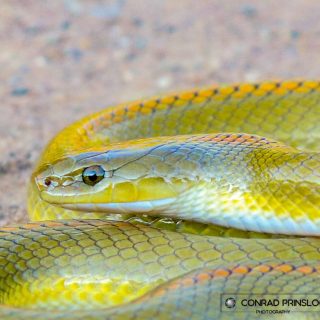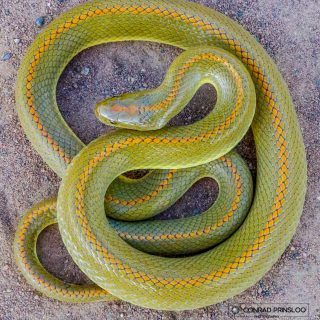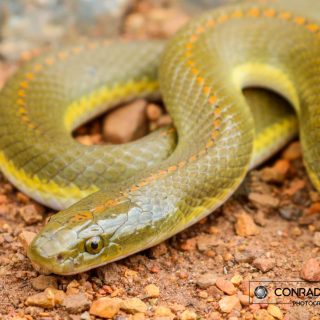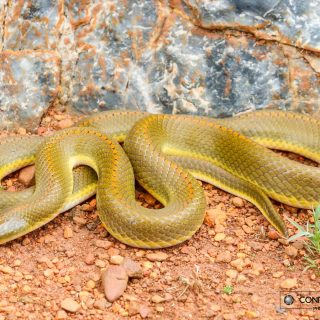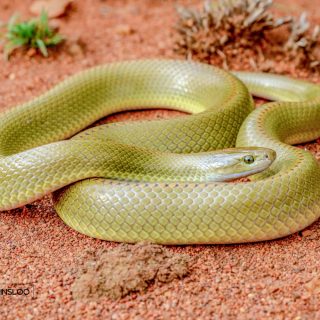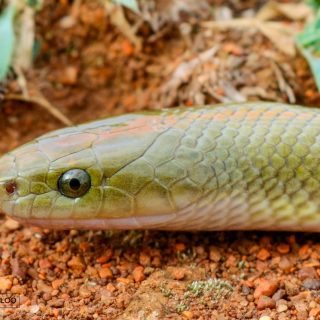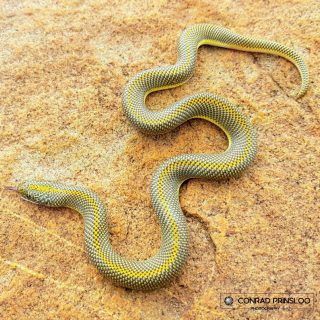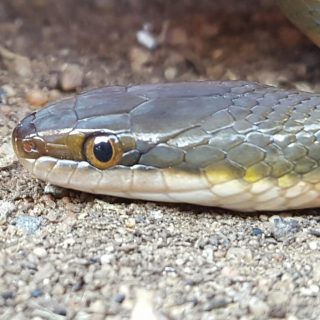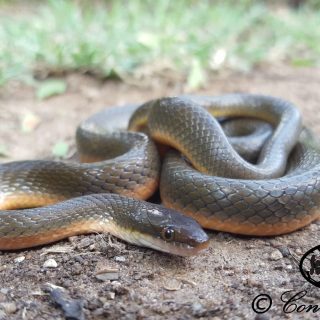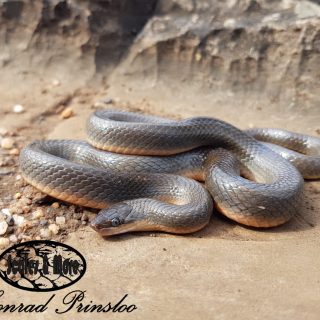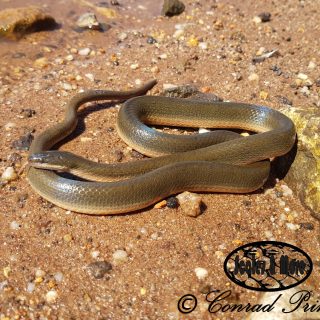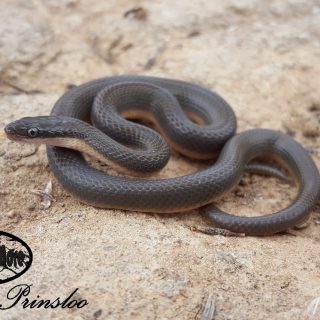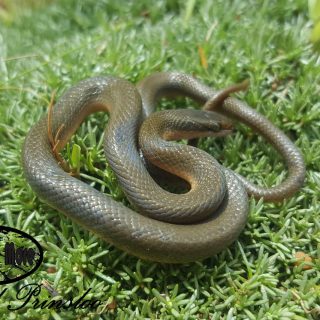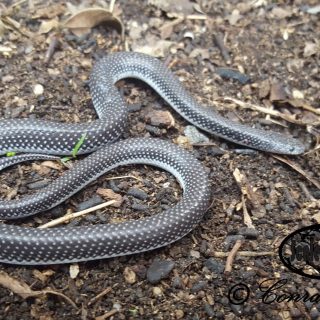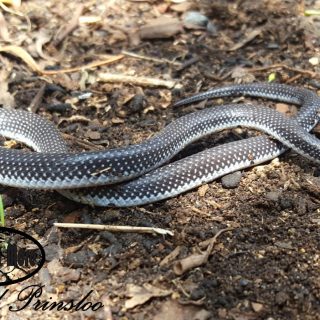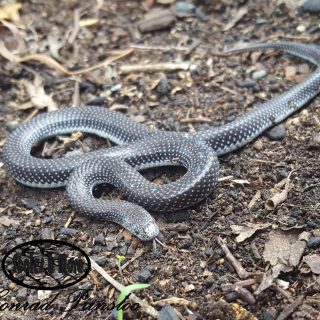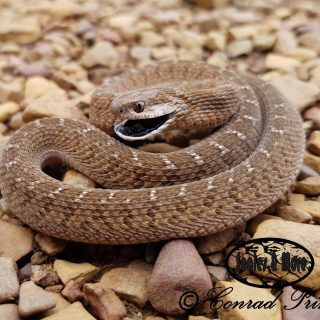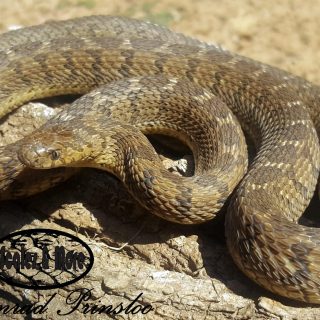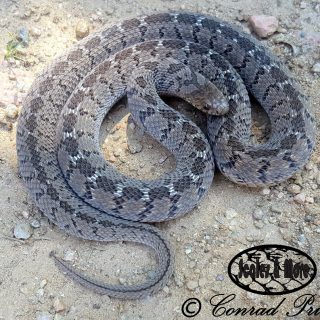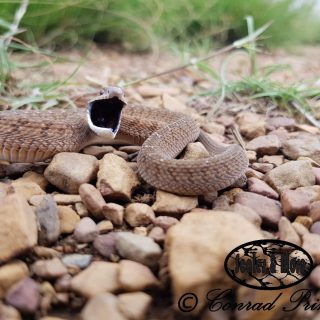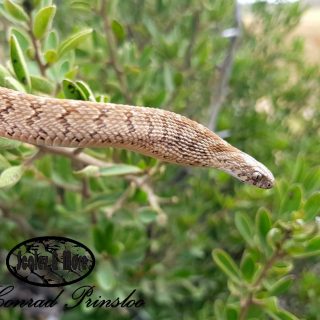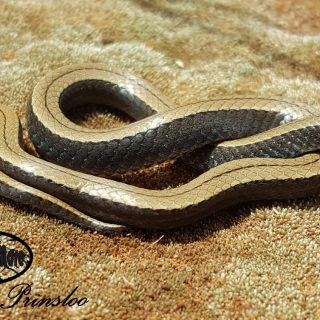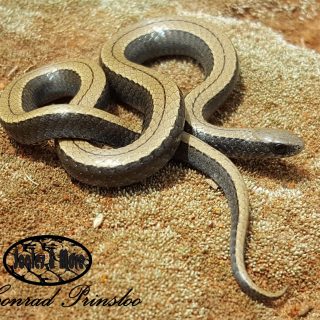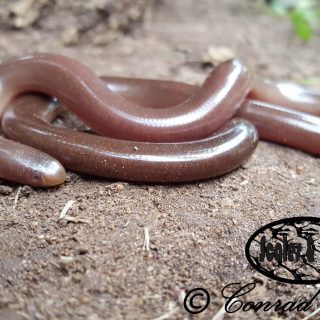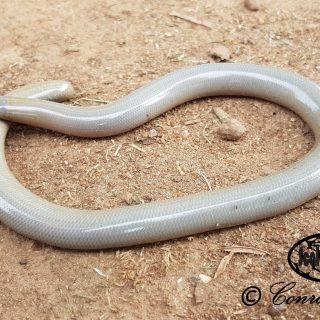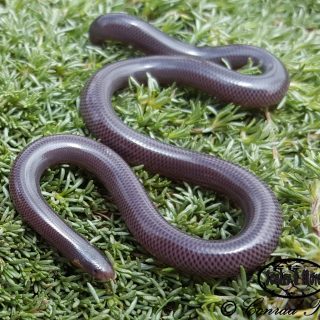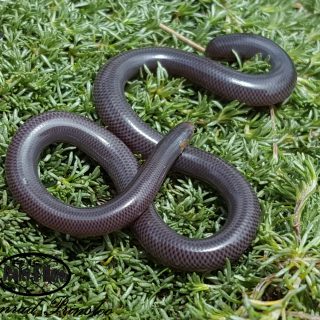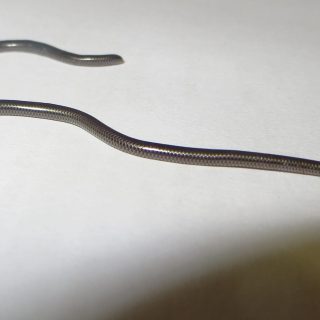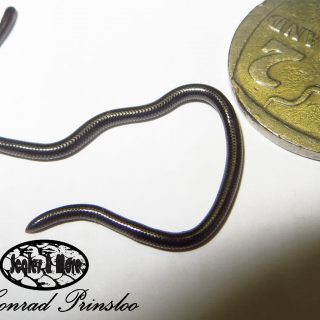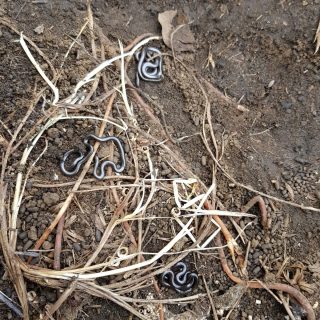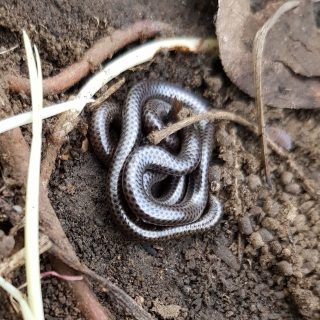In South Africa we have an approximate total of 171 species of snakes.
The word approximate is used simply because continued research results in species being split into sub species, sub species being elevated into full species level and the odd new species being discovered. The given total would therefore vary ever so slightly.
Out of those 42% or 72 species are non venomous, i.e. have no venom glands or fangs.
Another 29% or 50 species are mildly venomous like the Skaapsteker or Herald Snake and are not of medical considered dangerous as they can inflict painful bites
Almost 17% or approximately 29 species are considered dangerous as they can inflict painful bites.
Lastly, almost 12% or 20 species are considered potentially deadly.
In the East Rand, we have no less than 20 species of snakes with 55% or 11 species completely harmless. An adult Molesnake has the ability to inflict a nasty bite yet hardly ever does so.
Another 25% or 5 species are considered mildly venomous and 10% or 2 species considered dangerous.
Only one species, i.e. the Rinkhals are considered potentially deadly, yet the last recorded death from a Rinkhals bite occurred during the first half of the previous century.
Should you happen to meet up with one of our slithery friends, rather call a snake rescuer in your area. These misunderstood creatures form an important part of our ecosystem both as predator and as prey.
Rinkhals (Hemachatus haemachatus) – Their venom is considered potentially deadly:
Night Adder (Causus rhombeatus) Their venom is considered dangerous.
Highveld Garter Snake (Elapsoidea sundevalli media) Not much is known about the venom – Considered dangerous.
Cross-marked Sand Snake (Psammophis crucifer) Their venom is considered mildly venomous
Short-snouted Sand Snake (Psammophis brevirostris) Thier venom is considered mildly venomous
Spotted Skaapsteker also called the Spotted Grass Snake (Psammophylax rhombeatus) – Their venom is considered mildly venomous
Herald Snake (Crotaphopeltis hotamboeia) – Their venom is considered mildly venomous
Black-headed Centipede Eater (Aparallactus capensis) – Their venom is considered mildly venomous.
Molesnake (Pseudaspis cana) Non venomous. Adults can inflict a nasty bite.
Brown House Snake (Boaedon capenis) Non venomous/harmless.
Note the cream to white lines above and below the eyes. This is unique to this species and generally the genus.
Aurora House Snake (Lamprohis aurora) – Non venomous/harmless.
Common Brown Water Snake (Lycodonomorphus rufulus) – Non venomous/harmless.
Common Wolf Snake (Lycophidion capensis) – Non venomous/harmless.
Rhombic Egg Eater (Dasypeltis scabra) – Non venomous/harmless.
Feeds exclusively on suitably sized eggs.
Common Slug-eater (Duberia lutrix lutrix) – Non venomous/harmless.
Feeds exclusively on snails.
Bibron’s Blind Sake (Afrotyphlops bibronii) – Non venomous/harmless.
Feeds on termites and ants as well as their eggs.
Delalande’s Beaked Blind Snake (Rhinotyphlops lalande) – Non venomous/harmless.
Feeds on termites and ants as well as their eggs.
Peter’s Thread Snake (Leptotyphlops scutifrons) – Non vemnomous/harmless.
Feeds on ants as well as their eggs.
